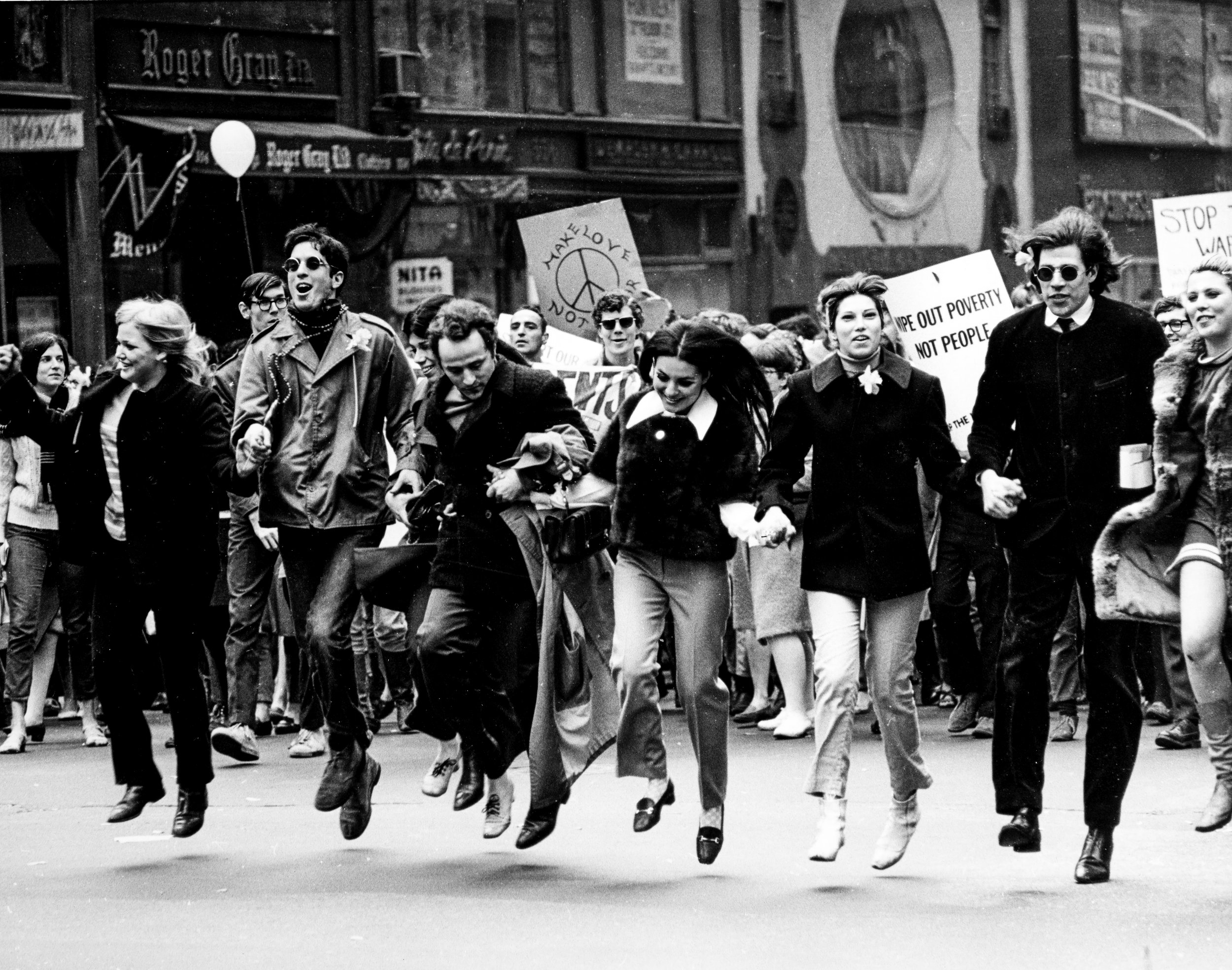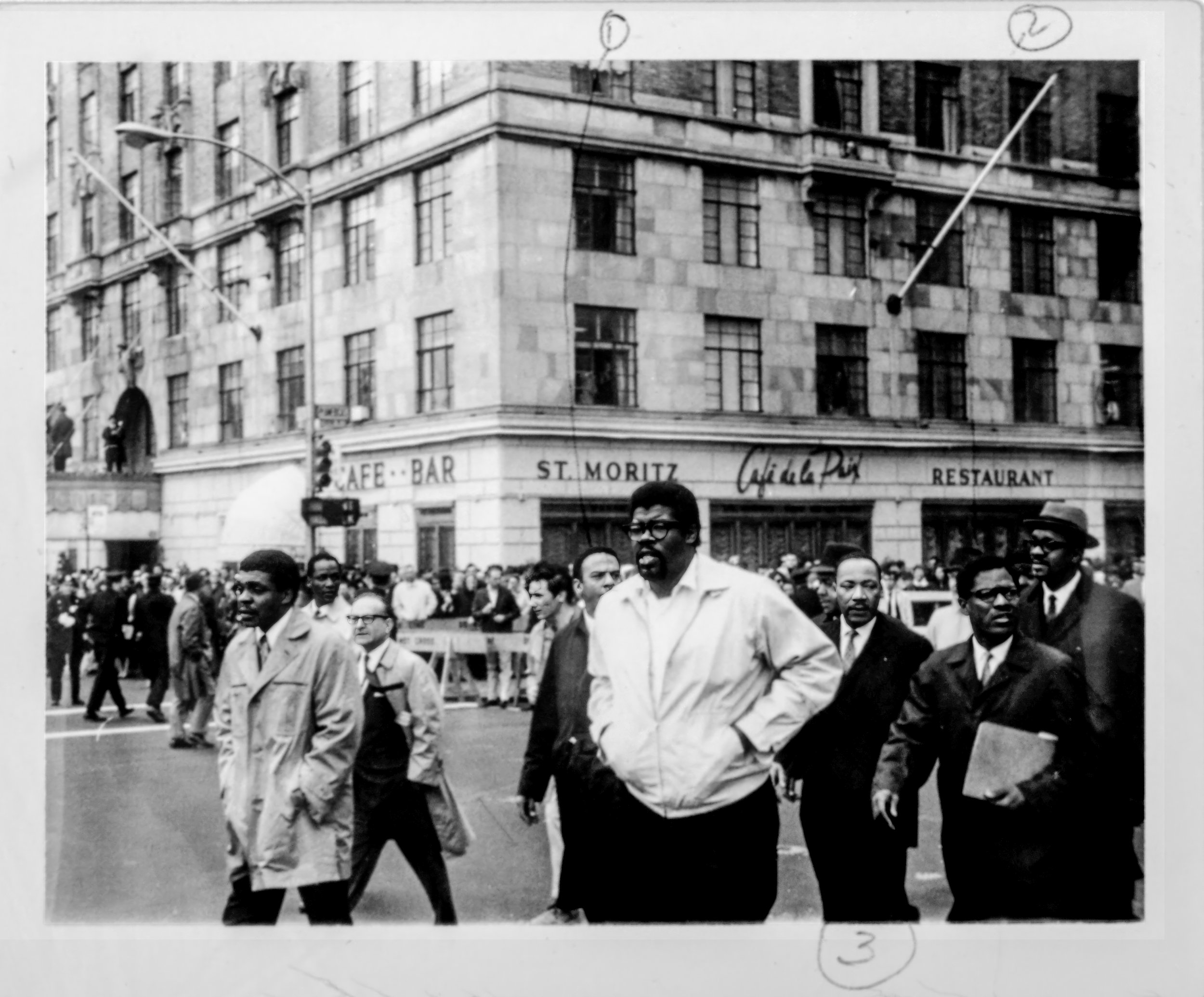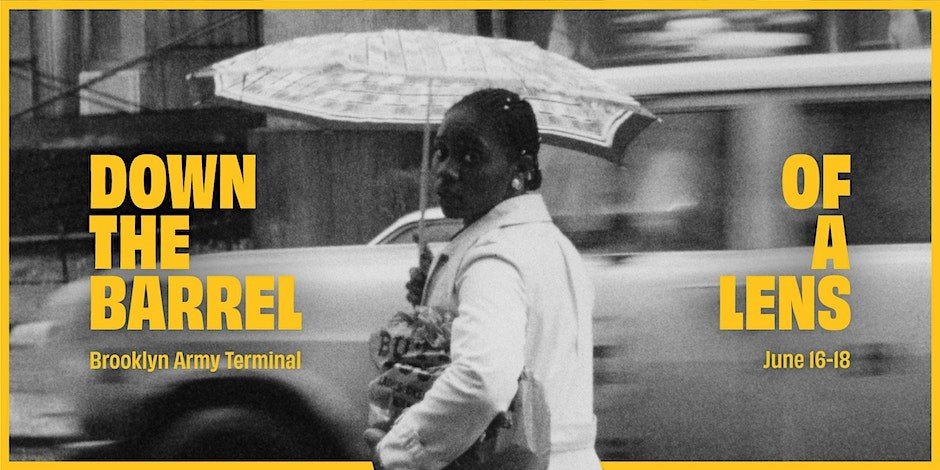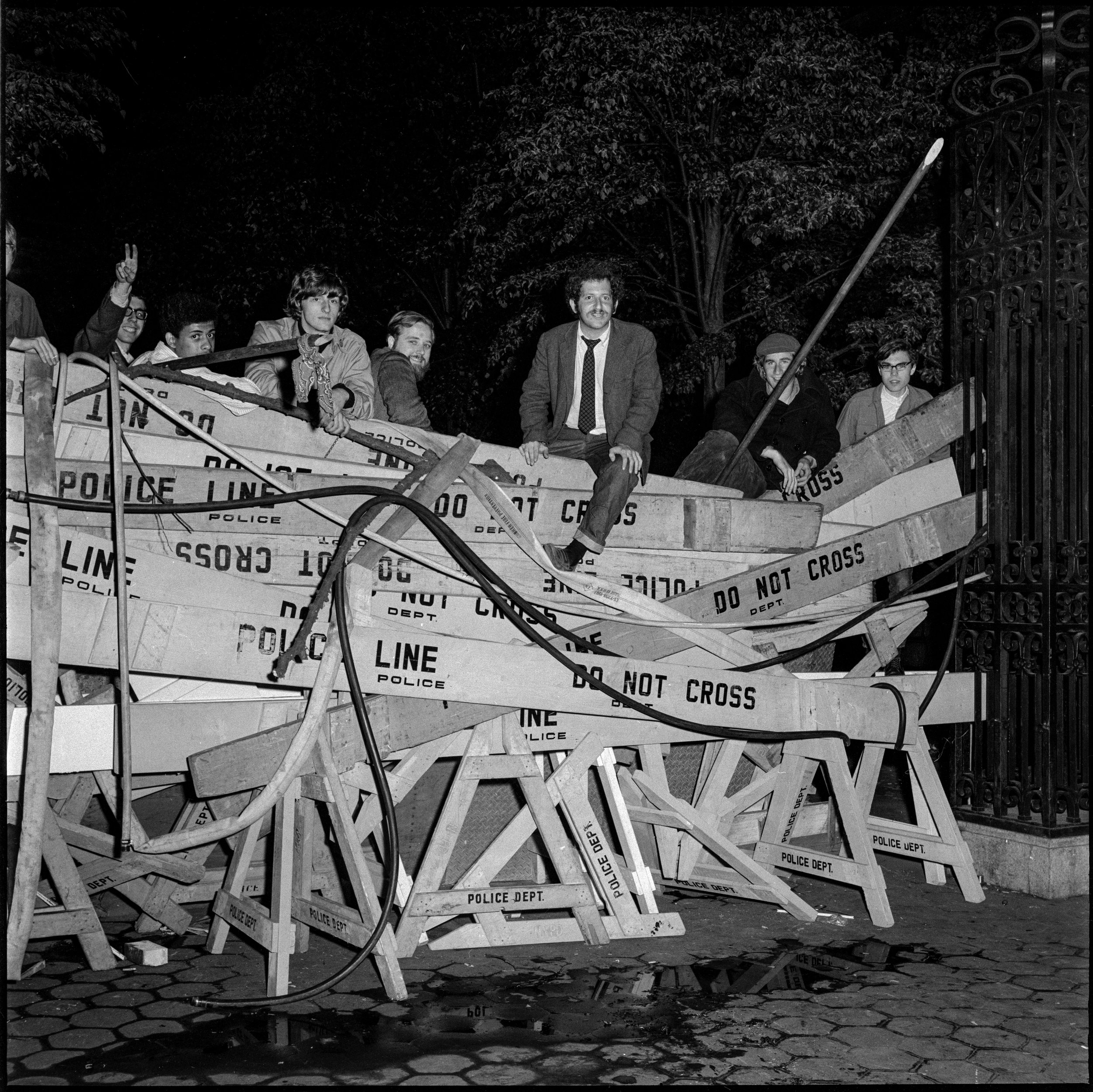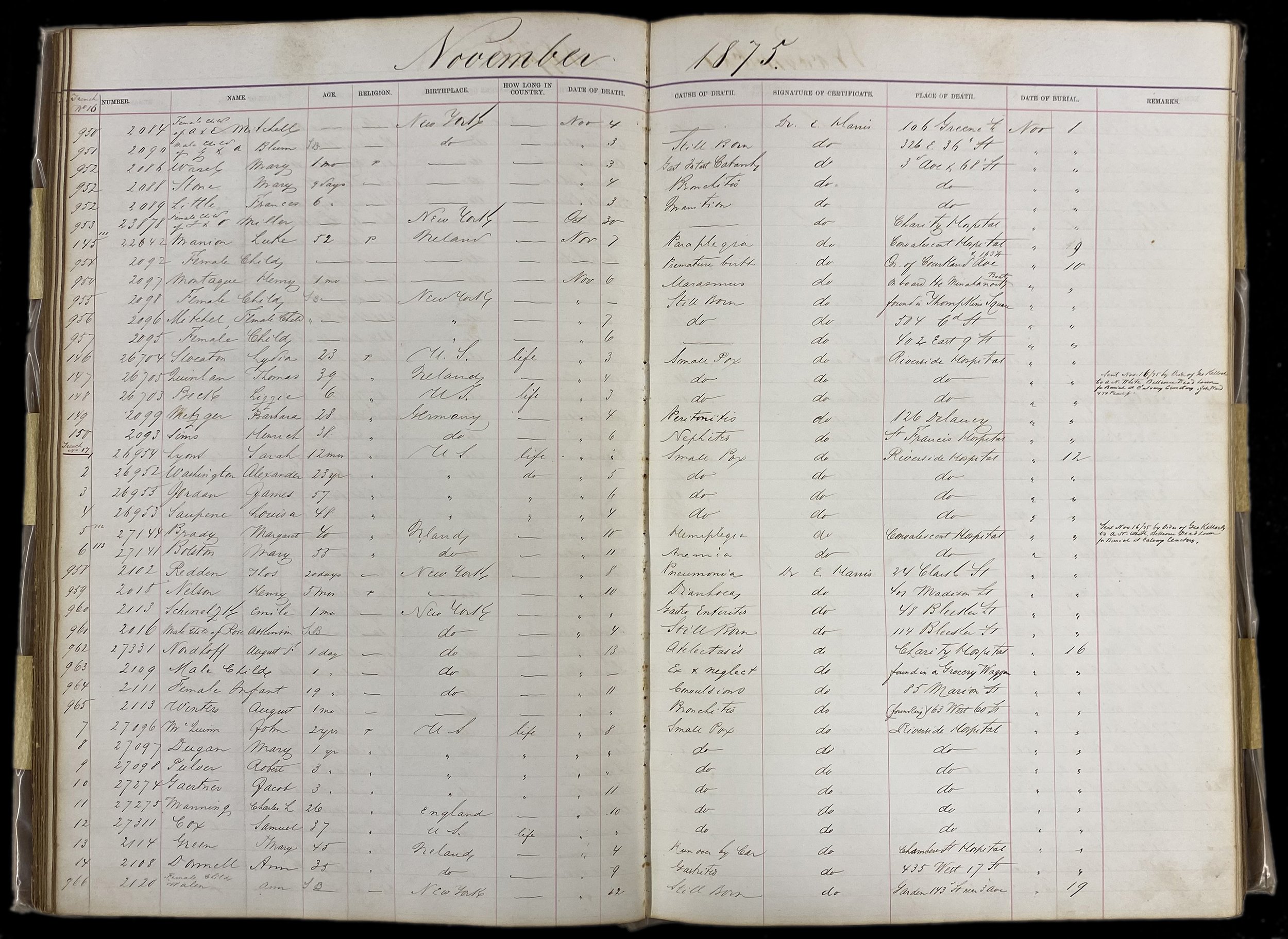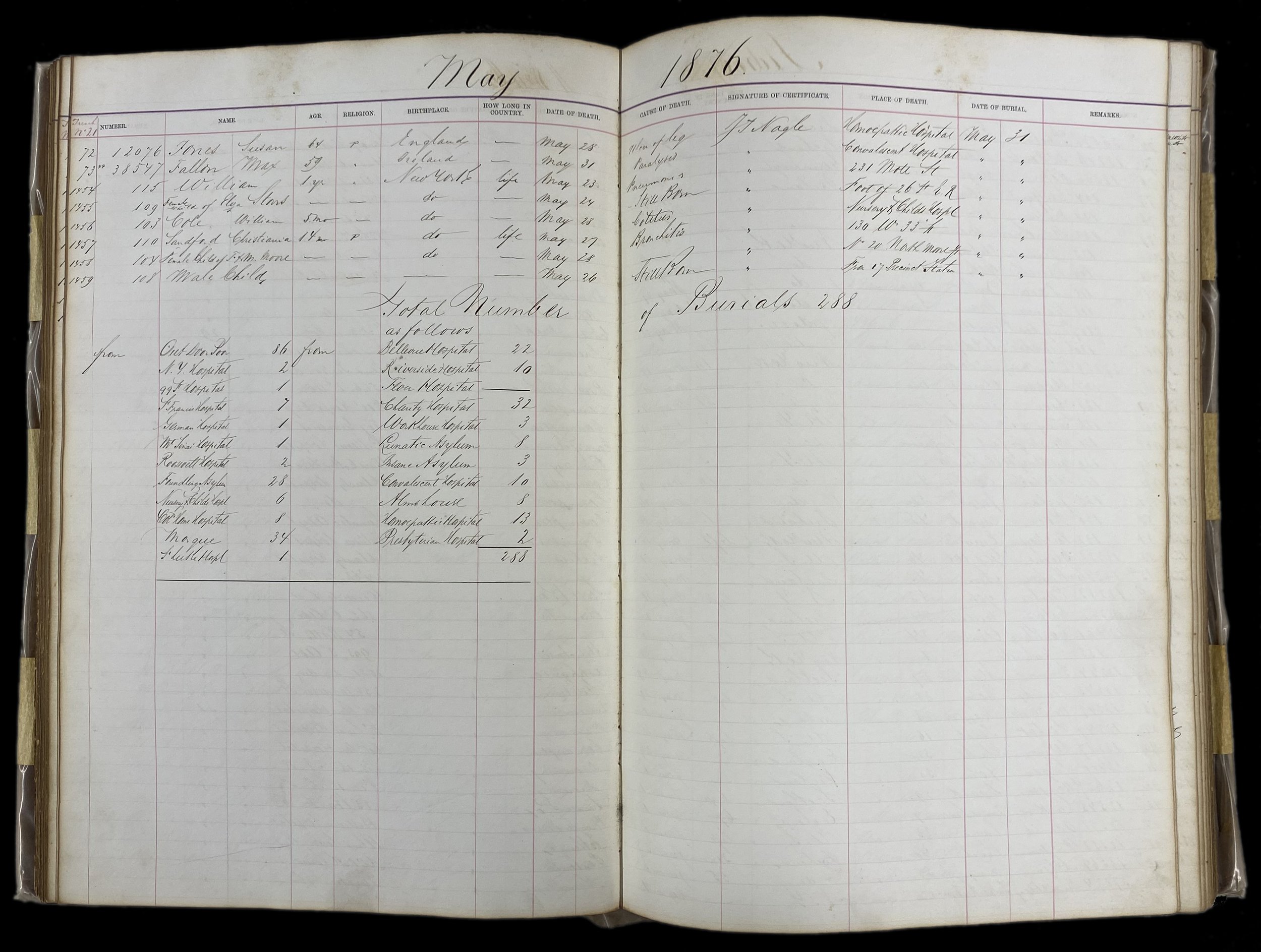On Wednesday April 2, 1986, at 10 a.m., in the Board of Estimate Chambers in City Hall, Mayor Edward I. Koch held a public hearing before signing Intro. #2, the ‘Gay Rights’ bill. Before opening the hearing for comments, he spoke:
“This bill would prohibit discrimination on the basis of sexual orientation in employment, housing and public accommodation. It is long overdue…. A version of this legislation has been before the City Council for fifteen years, and I have testified in its support, both as a Member of Congress and as Mayor. At last, we can have a law that would guarantee justice too long denied to people in the City of New York who have been deprived of the right to earn a living, to obtain shelter or to have access to services and public accommodations simply because they are heterosexual, homosexual, or bisexual. At last, we can have a law that would liberate from the fear of discovery, discrimination and violence the thousands of gay men and lesbians—as well as heterosexual men and women whose sexual orientation is misperceived—who live in our city, and would permit them to devote more of their energies, talents and intelligence to their professional and personal lives. At last, we can have a law that would ensure fairness and equality for all of us.”
Take a moment to view footage from the Municipal Archives collection that so vividly tells the story.
To learn more about the WNYC-TV collection, browse the nearly 1,000 digitized films in the digital gallery here and discover many other collections made freely available. The digitization of these films was funded by a Local Government Records Management Improvement Fund (LGRMIF) grant from the New York State Archives.




